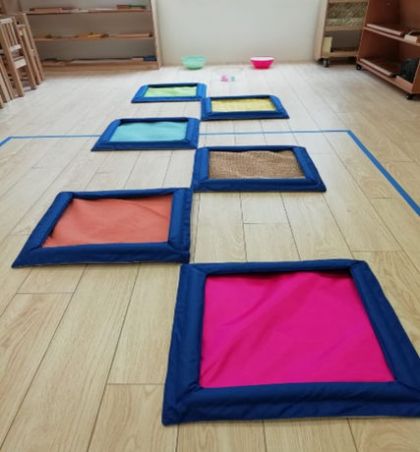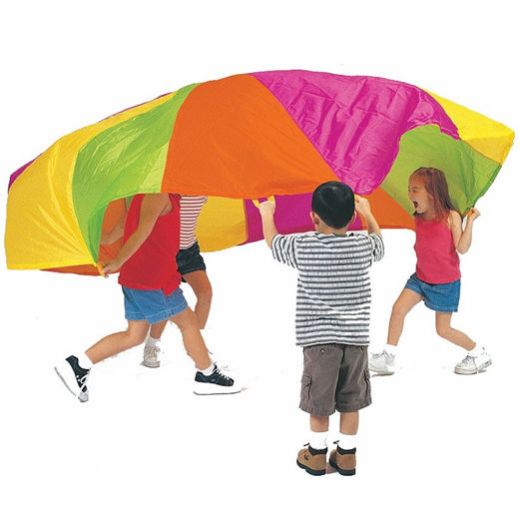| 澳門蒙特梭利教育中心 | Macao Montessori Center |
What is Sensory Integration
Sensory integration was first proposed by Dr. Ayres, an American occupational therapist, who referred it as being the nervous system's handling of sensory stimuli (including visual, auditory, gustatory, olfactory, tactile, vestibular balance, and proprioception) received by the body. Our senses give us information about the physical conditions of our body and the environment around us. The brain must organize all of our sensations, then through the central nervous system, it lets the child moves, learns or behaves in a productive manner, which include being able to concentrate, control emotions, express physical coordination, plan action and express self-confidence
What is the importance of sensory integration activities?
We tend to focus greatly on children's cognitive and social skills, such as their ability to identify shapes and colors, do counting, read words, sit still, and greet others. However, to develop these skills, and to develop more advanced learning skills later in life which include the ability to solve problems, socialize with others and adapt to changes, the child must first acquire the foundation of learning, that is, reacting to their received stimulation in everyday lives in an appropriate and production manner.
Through a series of systematically designed sensory integration activities, we attempt to involve children in fun, inspiring small group activities which aim to promote the integration among their seven senses. These activities are designed to gradually improve the children’s motivation and efficiency in learning, and to support their holistic development.


